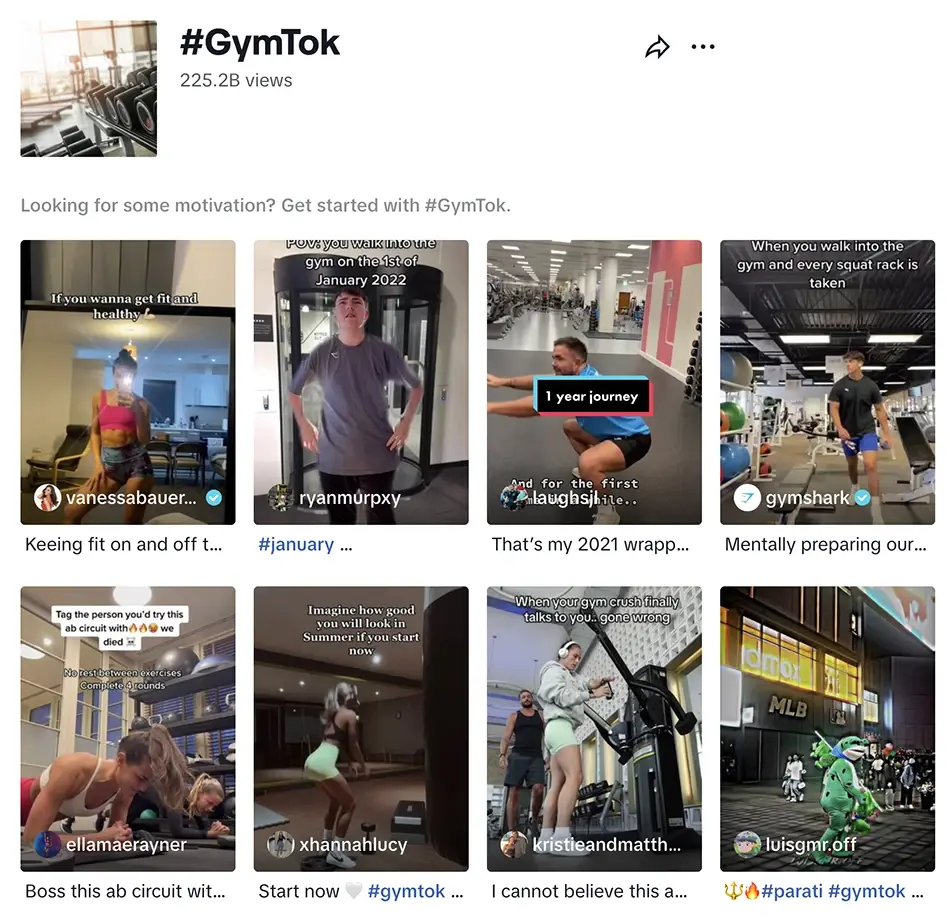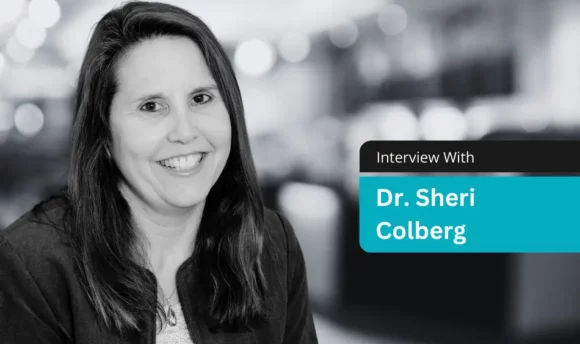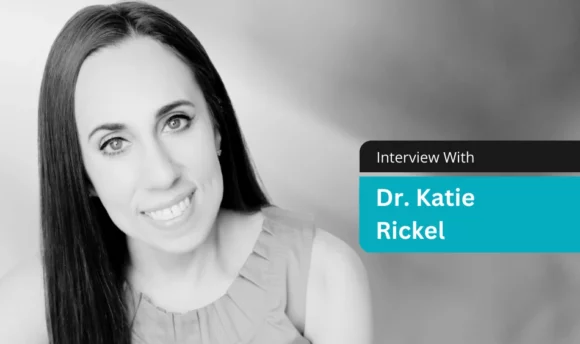2023 Social Media Trends in Health & Wellness
Using social media for better health (or not), take a look at 7 new trends researched by our experts and doctors.

Even in today’s world, people are more concerned with health rather than sex, AI, or even “food near me.”
According to our data, more than 60 million users searched health & wellness terms on Google in June 2023. The world seems to be swept up in a well-being movement.
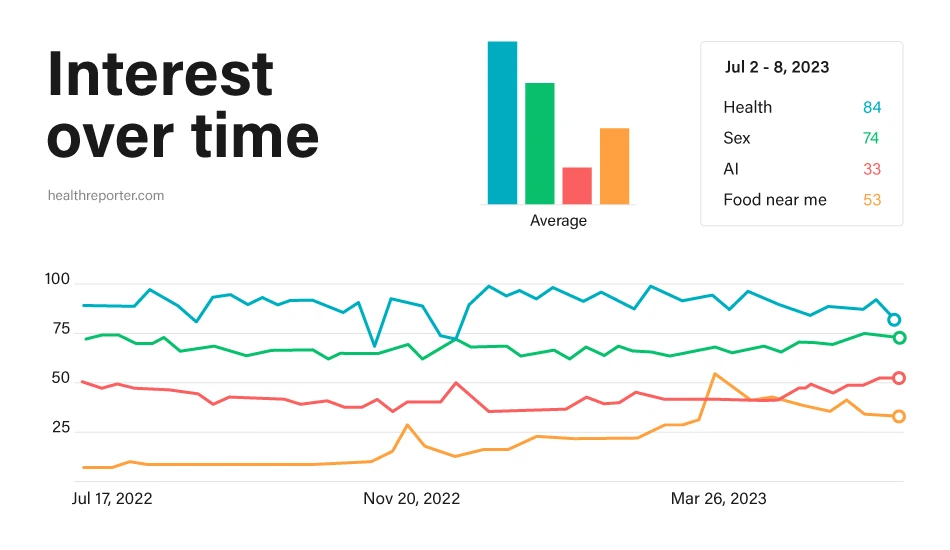
People are making their health a top priority, with higher incomes and advanced healthcare infrastructures. As a result, the health and wellness market is set to skyrocket to USD 8,9 billion by 2032.1
Social media accelerates the industry and evolves trends faster than ever before. In this article, we look at 7 viral trends, from health edutainment (yes, that’s the right word!) to defluencing and neurodiversity.
It’s not just about marketing; some new trends are here to change the world for good.
Ready for a splash in the health space? Let’s dive in together.
#1 A Gene’s Role in Exercise
Fitness content will be influenced by genetics in 2023. In such posts, creators acknowledge biological factors and their role in aiming for a perfect physique.
By selling the one-size-fits-all course, fitness influencers claim that anyone can get fit and muscular in a short amount of time. Genetics-focused creators, however, believe genes play a significant role in determining how well someone does on fitness courses and overall training.
Researchers agree with that, discovering that genes can explain up to 72% of the differences in fitness outcomes between people.2
For example, a 20-year-old fitness guru with exceptional genetics can skip workouts, indulge in food, and still maintain a “perfect” body. As such, their training advice may be irrelevant to many others.
The “genetics” movement fosters body positivity and a mindful approach to online fitness courses. This includes addressing ethical considerations and managing customer expectations of influencer products.
#2 Niche Communities and Interest Segmentation
Niche communities on social media platforms, particularly TikTok, are booming.
Creators and brands shift their focus from mass audiences to highly specific interest niches. It helps to attract deeply engaged and passionate audiences, resulting in improved ad targeting.
Users actively search for and engage with particular content using terms like “gymtok,” “cattok,” “fittok,” “skintok,” “femmetok”, and others.3 Social media networks serve as platforms for these communities to connect and share their interests.
Micro-influencers effectively lead niches and gain increasing trust. Studies show that a micro-influencer’s recommendation is “highly likely” to be followed by 82% of consumers.4
#3 Neurodiversity, Labels, and Self-Diagnosis
In the United States, ADHD affects 10% of children and 8% of adults (which is about 6 and 8.7 million cases, respectively).5, 6
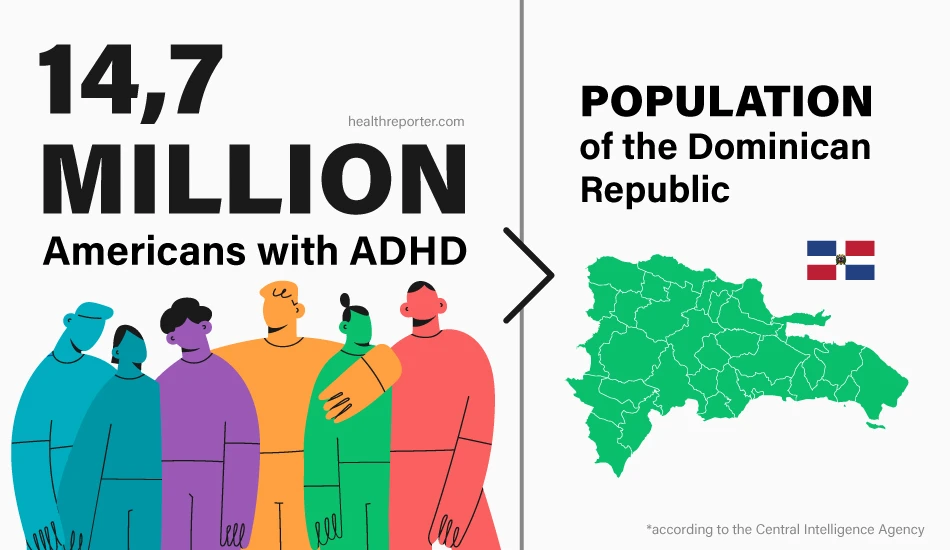
New diagnoses have increased dramatically in recent years. Researchers found that 0.6% of US patients in its database were diagnosed with ADHD in 2022, compared to 0.4% in 2019.7
Hashtags like #ADHD and #autism gained more than 26.9B and 5.9B views on TikTok alone.
Attention to the experiences of neurodivergent individuals enhances neurodiversity – social inclusion and recognition of differences in the structure of the human brain.
30% of Americans think that social media has significantly made people feel more comfortable discussing their neurodivergence after witnessing others doing the same.8
Unfortunately, social media can also perpetuate stigmas surrounding learning and thinking differences. 15% of Americans believe that social media platforms promote misinformation targeting neurodivergent individuals, which increases stigmas, labels, and unsupported claims.9
ADHD and autism charities warn of a steep increase in individuals self-diagnosing themselves on social media with such short videos.10
And neurodegenerative diseases aren’t the only issue here. For example, researchers found that TikTok’s diabetes videos, while acceptable, may not fully meet health information needs.11
#4 Health Edutainment
On TikTok, Instagram, and other social media platforms, the edutainment format is becoming extremely popular.12 Specialists with multiple scientific backgrounds share content that’s engaging, relevant, and easy to understand.
It allows to introduce users to complex concepts, turning challenging subjects into fun. Also, it helps marketers achieve their objectives across awareness, engagement, and conversion.
Companies and influencers can exchange knowledge with the general public and gain extra sales. However, it’s a must to fact-check such content to avoid false and biased information.
#5 Inclusivity and Experience Sharing
Social media remains a place for sharing health-related experiences. Stories about medical conditions and diseases foster a sense of community, reduce clichés, and fight the “conspiracy of silence” around many states.
This raises awareness about the early signs of different diseases and the need to see a doctor. What it means to be sick with a particular illness is now more accessible than ever.
#6 Defluencing
Influencer marketing has been all the rage in the past decade, but many believe it’s gone overboard.
On the contrary, the deinfluencing trend addresses overconsumption. It tackles harmful trends like #TikTokMadeMeBuyIt and promotes more sustainable buying choices.13
Currently, #defluencing on TikTok has more than 1.3 million views. Content creators tell followers which products advertised by bloggers are not worth buying and advise against investing in viral trends. This way, consumers are informed about what to avoid regardless of the hype.
Defluencing is not just about negative coverage but also about a personal perspective on a product. Instead of enthusiastically proclaiming: “This is my new obsession” (and showing brand new cans that haven’t even been opened), we hear: “This is what I liked, and this is what I didn’t like because it irritates my skin.”
#7 AI Everything
Just used #chatGPT to write a letter rebutting a health insurance denial! So convenient and efficient. Even gave references! #chatgpt #healthinsurance #patientadvocacy
— 𝙳𝚊𝚟𝚒𝚍 𝙲𝚊𝚗𝚎𝚜 (@CanesDavid) December 6, 2022
(then it composed the tweet) pic.twitter.com/UUZbTO5DSd
The latest AI services are blurring the distinction between real and generated content, including health and wellness news, tips, and articles. Currently, content created with such tools serves as a limited medical advisor and research tool, as well as a first draft for social media, blogs, and websites.
AI makes social media safer by spotting and dealing with inappropriate content, figuring out what people like or don’t like, targeting ads, and suggesting relevant posts to improve the user experience.
One of the trendy options is asking AI for health advice, which is especially popular among Twitter users. GPT-4 was recently mentioned on Twitter, claiming to have saved a dog’s life by providing information about tick-borne diseases.
#GPT4 saved my dog’s life.
— Cooper (@peakcooper) March 25, 2023
After my dog got diagnosed with a tick-borne disease, the vet started her on the proper treatment, and despite a serious anemia, her condition seemed to be improving relatively well.
After a few days however, things took a turn for the worse 1/
AI-generated health advice also gathers interest among experts. For example, a recent study has shown the limitations of AI tools regarding medical information.
Content created by artificial intelligence is not always adequately researched and fact-checked, which results in errors and factual inconsistencies.
Summing Up
Social media has changed the way we think about health and well-being.
In 2023, creators focus on mindfulness, awareness, and engaging educational content. They stress the importance of realistic fitness expectations and thoughtful purchases.
Content is becoming increasingly inclusive, fostering connections and communication among niche health communities.
Some areas need further attention or even rethinking. Among them – preventing the spread of false information and unverified AI content.
Sources
- Health and Wellness Market (By Sector: Personal Care & Beauty & Anti-Aging, Nutrition & Weight Loss, Physical Activity, Wellness Tourism, Preventive & Personalized Medicine, Spa Economy, and Others) – Global Industry Analysis, Size, Share, Growth, Trends, Regional Outlook, and Forecast 2023-2032
https://www.precedenceresearch.com/health-and-wellness-market - Henry C. Chung, Don R. Keiller, Justin D. Roberts, Dan A. Gordon. Do exercise-associated genes explain phenotypic variance in the three components of fitness? a systematic review & meta-analysis. PLOS ONE, 2021; 16 (10): e0249501 DOI:
https://journals.plos.org/plosone/article?id=10.1371/journal.pone.0249501 - Niche, Please: A Guide to Niche Communities, NoGood:
https://nogood.io/2022/07/29/niche-communities/ - Research shows micro-influencers have more impact than average consumers, Experticity:
https://go2.experticity.com/rs/288-AZS-731/images/Experticity-KellerFaySurveySummary_.pdf?_ga=2.222175320.1922164868.1515233850-1299873601.1515233850 - Data and Statistics About ADHD — Centers for Disease Control and Prevention
https://www.cdc.gov/ncbddd/adhd/data.html - Attention-Deficit/Hyperactivity Disorder (ADHD) — National Institute of Mental Health
https://www.nimh.nih.gov/health/statistics/attention-deficit-hyperactivity-disorder-adhd - What’s Driving the Demand for ADHD Drugs Like Adderall, Time:
https://time.com/6271049/adhd-diagnoses-rising/ - Neurodiversity and Social Media Study, Understood.org
https://mediacenter.understood.org/research-and-surveys?item=29988 - Ibid
- Why people are turning to social media for ADHD and autism ‘diagnosis’
https://www.bbc.com/news/av/uk-england-hampshire-64487881 - TikTok as a Health Information Source: Assessment of the Quality of Information in Diabetes-Related Videos
https://www.ncbi.nlm.nih.gov/pmc/articles/PMC8444042/ - The rise of edutainment in fintech: How TikTok is accelerating finance literacy
https://www.thedrum.com/news/2022/07/27/the-rise-edutainment-fintech-how-tiktok-accelerating-finance-literacy - What is Deinfluencing Trend and Why It’s Important
https://influencermarketinghub.com/deinfluencing-trend/#toc-1

















































 Select your language:
Select your language: 



